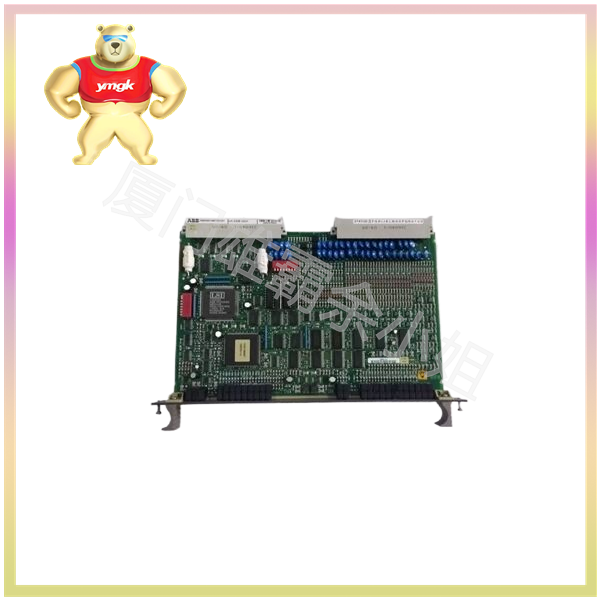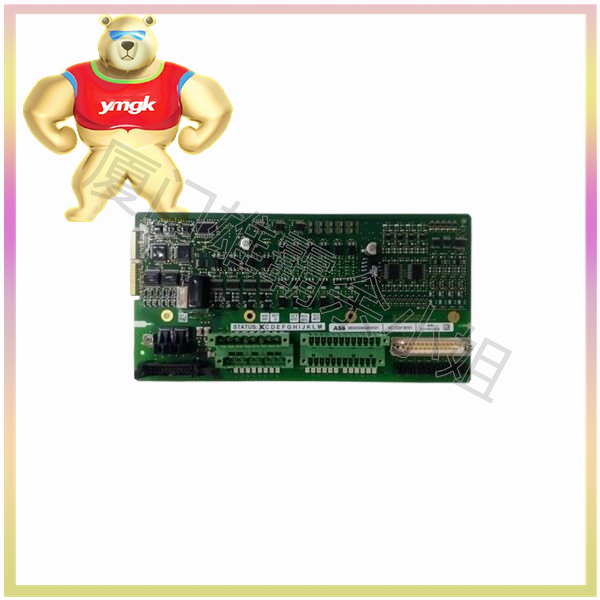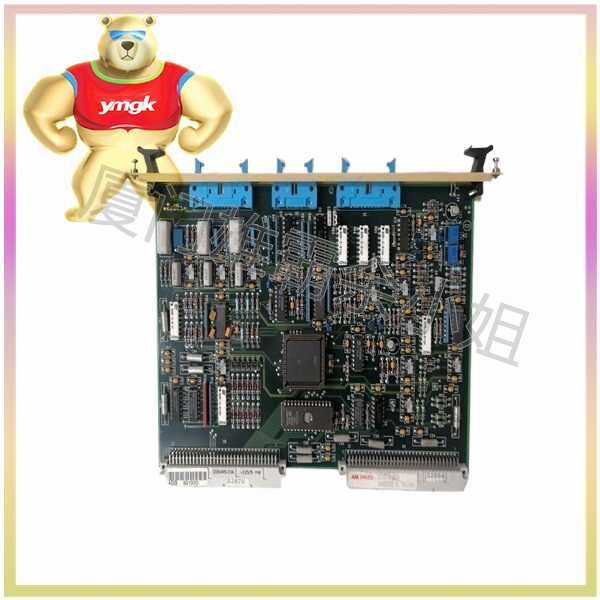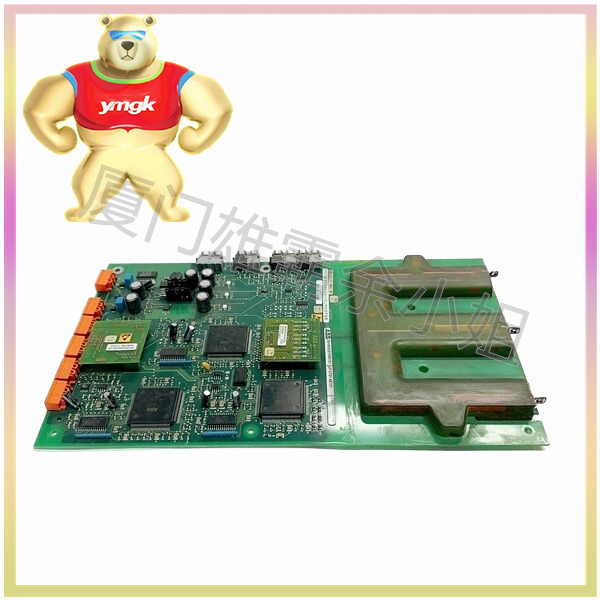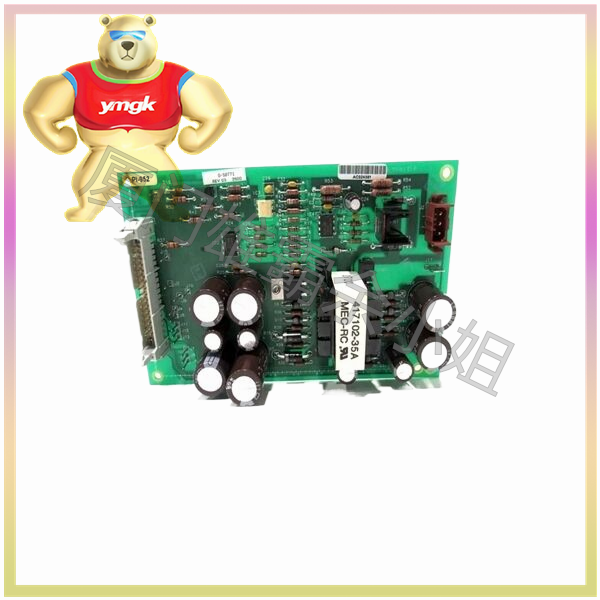The basic principle of coordinated control between servo motor and PLC
The basic principle of coordinated control between servo motor and PLC is to send control signals to the servo driver through PLC, and the servo driver drives the servo motor to move. In this process, the PLC is responsible for receiving external input signals (such as sensor signals, operation instructions, etc.), processing them through internal logic, generating pulse signals, direction signals, etc. to control the servo motor, and sending them to the servo driver through the communication interface. The servo driver drives the servo motor to perform corresponding movements based on the received control signal.
The Implementation Method of Collaborative Control between Servo Motor and PLC
Hardware connection
(1) Power connection: Firstly, it is necessary to connect the power supply of the servo motor to the power supply of the PLC. This usually involves matching and connecting the power cord of the motor with the power output terminal of the PLC to ensure that the motor can work properly.
(2) Signal line connection: The control signal line of the servo motor needs to be connected to the output port of the PLC. This includes pulse input signals, direction control signals, enable signals, etc. Depending on the specific model of PLC and motor, other types of signal lines may also need to be connected.
(3) Encoder feedback connection: If the servo motor is equipped with an encoder, the feedback signal of the encoder needs to be connected to the input port of the PLC so that the PLC can read the actual position and speed information of the motor.
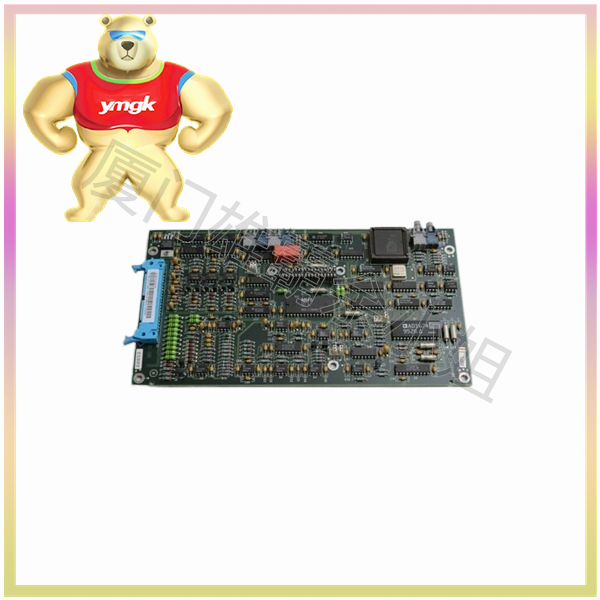
Software Settings
(1) PLC programming: In PLC programming software, it is necessary to write a program to control servo motors. This includes defining the control logic of the output port to generate the required pulse and direction signals. In addition, it is necessary to write a program to read the feedback signal of the encoder and perform corresponding processing.
(2) Parameter setting: In PLC, it is necessary to set parameters related to servo motors, such as pulse frequency, pulse number, direction control, etc. The setting of these parameters should be based on the specific model and performance requirements of the motor.
(3) Communication settings: If communication is required between the PLC and the servo drive (such as through bus communication), corresponding communication parameters and protocols need to be set in the PLC.
Optimization measures
(1) Choosing appropriate servo drivers and motors: Based on specific application scenarios and requirements, selecting appropriate servo drivers and motors is the key to ensuring the effectiveness of collaborative control. The factors that need to be considered include the type, power, speed, accuracy, etc. of the motor, as well as the performance and interface type of the driver.
(2) Optimization control algorithm: By optimizing the control algorithm, the accuracy and stability of servo motor and PLC collaborative control can be improved. For example, more advanced control strategies such as vector control, direct torque control, etc. can be adopted, or the control effect can be optimized by adjusting control parameters such as PID parameters.
(3) Strengthening fault diagnosis and handling: In the servo motor and PLC collaborative control system, fault diagnosis and handling are very important. The reliability and stability of the system can be improved by adding fault detection modules, optimizing fault handling processes, and other methods.
case analysis
Taking a certain automated production line as an example, the production line uses PLC to control multiple servo motors for precise positioning and speed control. In the implementation process, first select suitable servo drivers and motors based on the specific requirements of the production line and the performance parameters of the motor; Then write a PLC program to define the control logic and parameter settings for the output ports; Finally, through debugging and optimization, the collaborative control of servo motor and PLC was achieved. In actual operation, the system has demonstrated high precision and efficiency, meeting the needs of the production line.
conclusion
The coordinated control of servo motors and PLCs is an important technology for achieving high-precision and high-efficiency motion control in modern industrial automation systems. Through reasonable hardware connections, software settings, and the application of optimization measures, it is possible to achieve coordinated control between servo motors and PLCs and achieve ideal control effects. With the continuous development and innovation of technology, it is believed that the collaborative control technology of servo motors and PLCs will play a more important role in the field of industrial automation.

